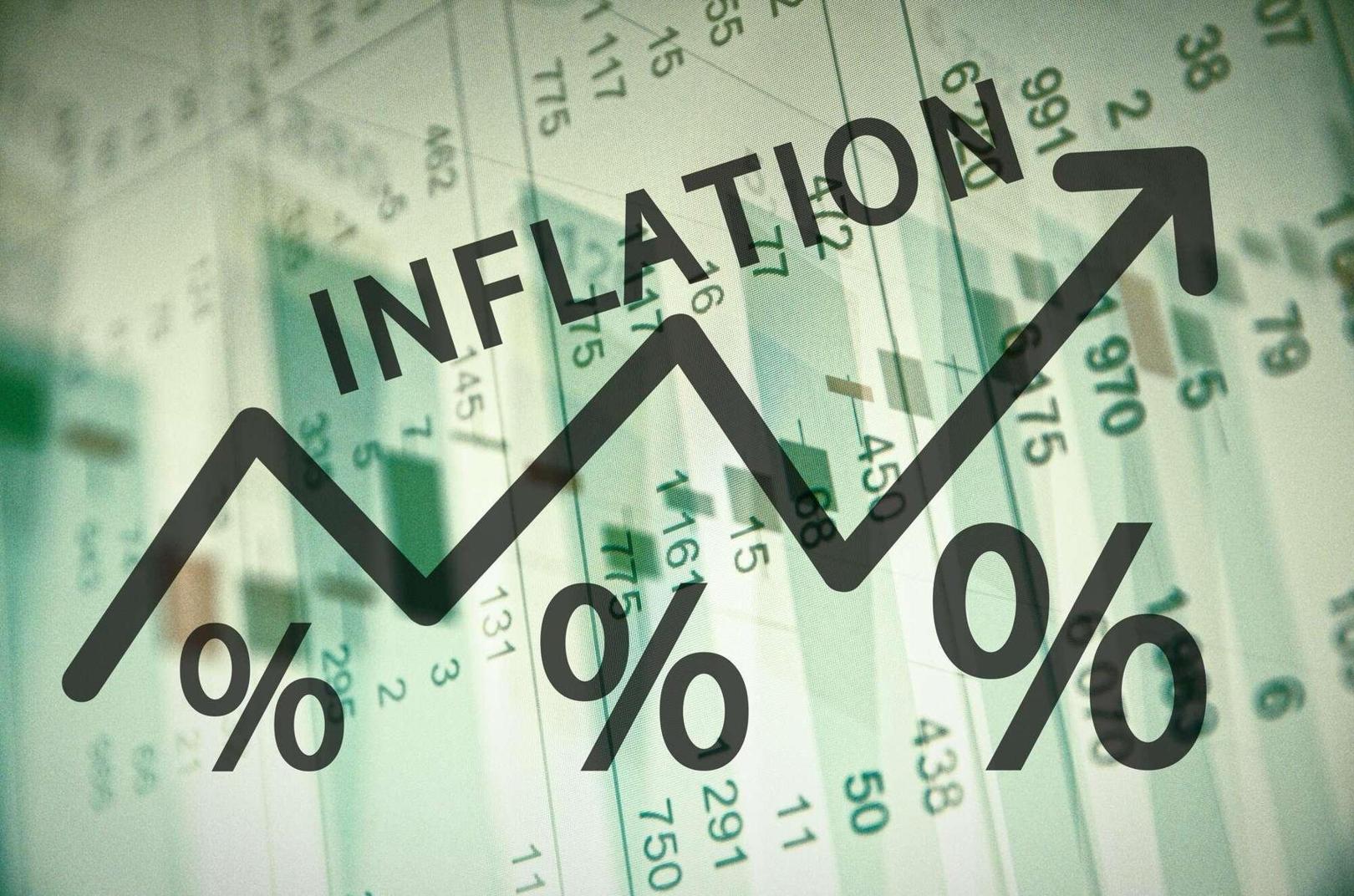Fridah N Kulumba
Africa-Press – Kenya. Global economists prophesied that Kenyans’ cost of living is rapidly increasing in this year than it earlier predicted. This follows research that was done by 15 world-leading banks, consultants, and think tanks projecting the inflation rising to 3 percent from 7.2 percent late last year to 7.5 percent in 2023.
If the forecast comes to pass, there will be a slight change from last year’s average of 7.6 percent, the highest percentage in the last five years.
Projection base
According to economists, Kenya’s increase in the cost of living is caused by a combination of external factors and climate change. They cited unfavorable rainfall which is attributed to unusually high temperatures and a weakening shilling against major international currencies.
The high cost of living in Kenya is also due to pressure from the International Monetary Fund (IMF) to raise more revenue, the government has increased taxes on everyday household goods such as cooking gas, fuel, and food. In September 2021, two Kenyans filed a petition in court seeking to stop the implementation of an annual inflation adjustment levy of 4.97 percent, which was to increase prices of fuel starting from October 1st, 2021.
The worsening cost of living situation in Kenya has been compounded by rising crude oil prices and the weakening shilling that fell to Ksh110 against the United States dollar leading to the landed cost of petroleum products in the country.
Barcelona-based FocusEconomics who compiled the consensus report between 14 and 18th February, said that this year’s inflation is expected to lessen amid cheaper oil imports and the dampening effect of domestic rate hikes.
Adding that extreme weather events and additional currency depreciation are upside risks.
In February, Kenya’s inflation edged to 9.2 percent from March, the first increase since October 2022, on renewed pressure from food prices amid elevated energy costs.
February’s gauge for the cost of living was the highest in a similar month since 2012 when it hit 16.7 percent.
Kenya is paving the way to overcoming this inflation crisis
The raising inflationary pressures on Kenya a mid unreliable rain has prompted the President of Kenya William Ruto’s government to sanction duty-free importation of staple maize, rice, cooking oil, sugar, and beans in coming months.
Weather forecast
The Meteorological Department of Kenya warned that the country’s highlands, central and south of the Rift Valley will experience below-average rainfall, shuttering Kenyans’ dreams of a good harvest this year.
The worsening cost of living crisis is exacerbated by a depreciation shilling in a net import economy which raises prices of goods as business pass on traditional overheads to the consumers.
External factors that are attributed to the increase in Kenya’s inflation
The inflation issue has been a concern in many countries recently. Kenyans have been affected due to the increase in basic commodities which left them wondering what happened. Last year the price of a 2-kilogram packet of maize and wheat flour rose to 200 shillings (USD2) from 120 shillings in about three months. That was a 67 percent increase.
Russia’s invasion of Ukraine raised the price of oil to the highest level in the history of Kenya. The Kenyan government said that the war disrupted the export-import supply chain which affected fuel prices. The increase in fuel prices touched nearly every service delivered and each product produced and distributed.
Kenya’s exports of tea, flowers, coffee, and fruits to Russia were derailed in the wake of sanctions imposed on Moscow by Western nations after its invasion of Ukraine, hurting local smallholder farmers. The blockade of the exports, estimated at nearly Ksh.10 billion (USD7.5 million) annually, followed major container and shipping lines temporarily suspended cargo shipments to and from Russia in response to the sanctions.
Excluding Russian banks from SWIFT, the internatio
nal payment, and its central bank from operations made it harder for the country to pay for imports and receive exports.
Kenya imports 30 percent to 50 percent of wheat from Russia and Ukraine. In 2022 Ukraine exported 60 percent less wheat compared with 2021, which led to the price of wheat and its derivatives like bread.
What can be done to overcome this challenge?
Even though some drivers of inflation in Kenya are beyond control, some politicians proposed a number of solutions. Price controls are the most popular with politicians because they are seen to be doing something. But that will make matters worse by creating shortages because suppliers will not take goods and services to the market if they cannot make a profit.
Politicians also proposed that subsidies have to be paid by someone. These often penalize efficiency and they can distort the market with overproduction and best interests.
Another proposal was for the government of Kenya to invest more in its resources and agriculture sector so that the country produces more of whatever is in shortage.
For More News And Analysis About Kenya Follow Africa-Press






